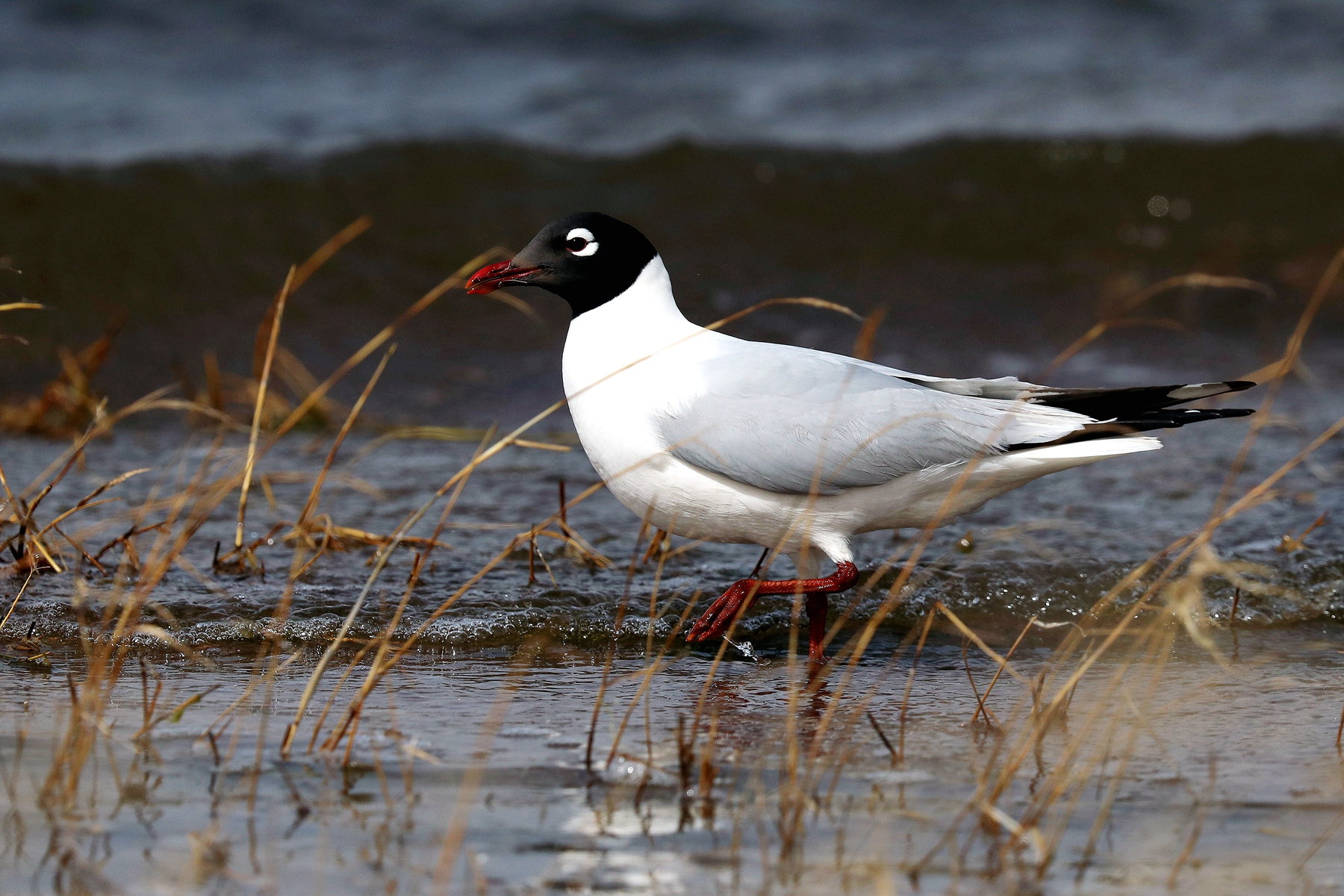Birdwatching tour
Duration:
11 days/ 10 nights
Season:
May 1-15
Steppes, forests, deserts and semideserts, picturesque lakes and high mountains of Kazakhstan give shelter to a great number of birds: about 500 species can be seen in different seasons; they represent 214 genuses, 60 families and 18 orders. You can see 13 species of a lark, 19 types of bunting and 59 types of sandpiper (plover).
Day 1.
Meeting at Almaty city. Trnasfer to Sorbulak water system, which includes many large and small reservoirs connected by the web of channels. There are a lot of birds in all seasons in the shore of lakes of Sorbulak but especially in migration time when the large flocks of Waterfouls and Waders feed and rest here. Also here we will observe colonies of Dalmatian Pelicans, Great Cormorants; in some lakes several couples of White-headed Ducks breed. We will watch the nesting Black-necked and Crested Grebes, Red-crested Pochards, Black-headed Gulls, Caspian Gulls too; breeding of these birds is depended from the level of water. In addition to bird related to water we also will watch White-tailed Sea-Eagle, Long-legged Buzzards and some other birds of prey.
Day 2.
After breakfast transfer to Kanshengel. First stop for birding is the Wish Tree, the single tree in which the migrating birds rest. The large number and species divercity make this birding spot quite interesting in the spring migration. The largest part of Norther Trans-Balkhash area is Taukum desert. In this desert we will watch the migrating Waders and little Passerines which stay to rest at the artesian wells, the rare watering places in desert. Over these wells also the local breeding birds live. We will be sure to watch Black-bellied Sandgrouses, Greater Sand Plover and many Calandra, Greater and Lesser Short-toed Larks; from time to time here possible to view Caspian Plover, Pallas's Sandgrouse and sometimes the Pin-tailed Sandgrouse.
Day 3.
We will cross the Taukum desert. In the sand hills growing by the rare saxaul groves the following desert inhabitants can be observed: Lesser Whitethroat (halimodendri subspecies), Syke's Warbler, Steppe Grey Shrike, Red-headed Bunting, Crested Lark, Rufous Bush Robin, Asian Desert Warbler. Then we will reach the Topar lakes. Topar lakes are the system of little to medium sized desert ponds formed by the ground water of Ili river delta. The number of lakes is large, some of them are reed-covered, or bordered by the little groves of Asian Poplar.
Day 4.
In the relict wetland forest od Asian Poplar we will observe White-winged Woodpecker, Yellow-eyed Pigeon, Indian Golden Oriole, Roller, Turkestan Tit. This night we sleep in homestead in Araltobe, where at night we will try to find Pallid Scops Owl and Eurasian Scops Owl.
Day 5.
The day of the long distance (about 360 kms) moving in eastern direction, to the Big Boguty mountains. Here we will observe rocks where Golden Eagle couple nests regularly, also we will see colony of Red-rumped Swallows and Eurasian Crag Martins, nests of Eastern Rock Nuthatch, and colony of Lesser Kestrel. In previous years very large colony of Rosy Starling was here. The Blue Rock Thrush and Rock Sparrow nest here too. We will sleep in camping near Chunja village.
Day 6.
Big Boguty mountains, Kokpek. Big Boguty is dry low mountains bordered with the stony desert. In Big Buguty there are some wells which are the main watering places to the all birds breeding here including Mongolian Finch, Crimson-winged Finch, Grey-necked Bunting, Linnets, Rufous-tailed Rock Thrush, and Calandra, Horned (brandti) and Greater Short-toed Larks.
Day 7.
In morning we will drive to upper of Charyn river where we plan to watch Himalayan Vultures. In the rocks of canyon there are also Common and Alpine Swifts, House Martin and Craig Martin. In the bushes of foothils we will sure to watch Grey-necked, Rock, Red-headed, Pine and Grey-necked Buntings, Turkestan Shrikes, Tawny Pipits, Rufous-tailed Rock Thrush. Also we have opportunity to watch Griffon Vulture, Cinereous Vulture, Lammergeier, Black Stork, Barbary Falcon, Common and Long-legged Buzzard.
Day 8.
Day of moving to Big Almaty Lake and observatory in the highlands where we will stay two days and watch birds. Our road is passed in foothills of Tien Shan, we will saw Isabelline and Pied Wheatear, Turkestan Shrikes, Tawny Pipits. The roadside thickets is the habitat of Wood Pigeon (casiotis), Oriental Turtle Dove (meena), Indian Golden Oriole, Black-headed Penduline Tit. After arriving to Observatory we will rest and watch birds in vicinity.
Day 9-10.
Two days we will be in the highlands of Tien Shan. In the first half of each day we will visit rocks near Cosmos-station (3400 m) where we watch Hodgson's Rosefinch, Guldenstadt's Redstart, Himalayan Accentor, Brown Accentor, Red-billed Chough, Yellow-billed Chough. Also in this habitat Alpine Accentor, Wallcreeper, Himalayan Snowcock, Lammergeier, Golden Eagle live. Since some of the lowlanders may experience the altitude sickness' symptoms, therefore we limit the staying of our guests in highlands by 4-5 hours per day. After lunch we will watch the birds in low juniper thickets at altitude 2500 m. Here we will see Black-throated Accentor, White-winged Grosbeak, Eversman's and Blue-capped Redstarts, Sulphur-bellied Warbler, Hume's Warbler, Spotted Nutcracker, White-browed Tit-Warbler, Red-mantled Rosefinch, Himalayan Rubythroat. Some of birds of juniper thickets we may watch right in the territory of Observatory where we will stay.
White-browed Tit-Warbler (Leptopoecile sophiae)/ Ile Alatau National Park
Day 11. Departure. In early morning we carry you to airport.
Any questions?







